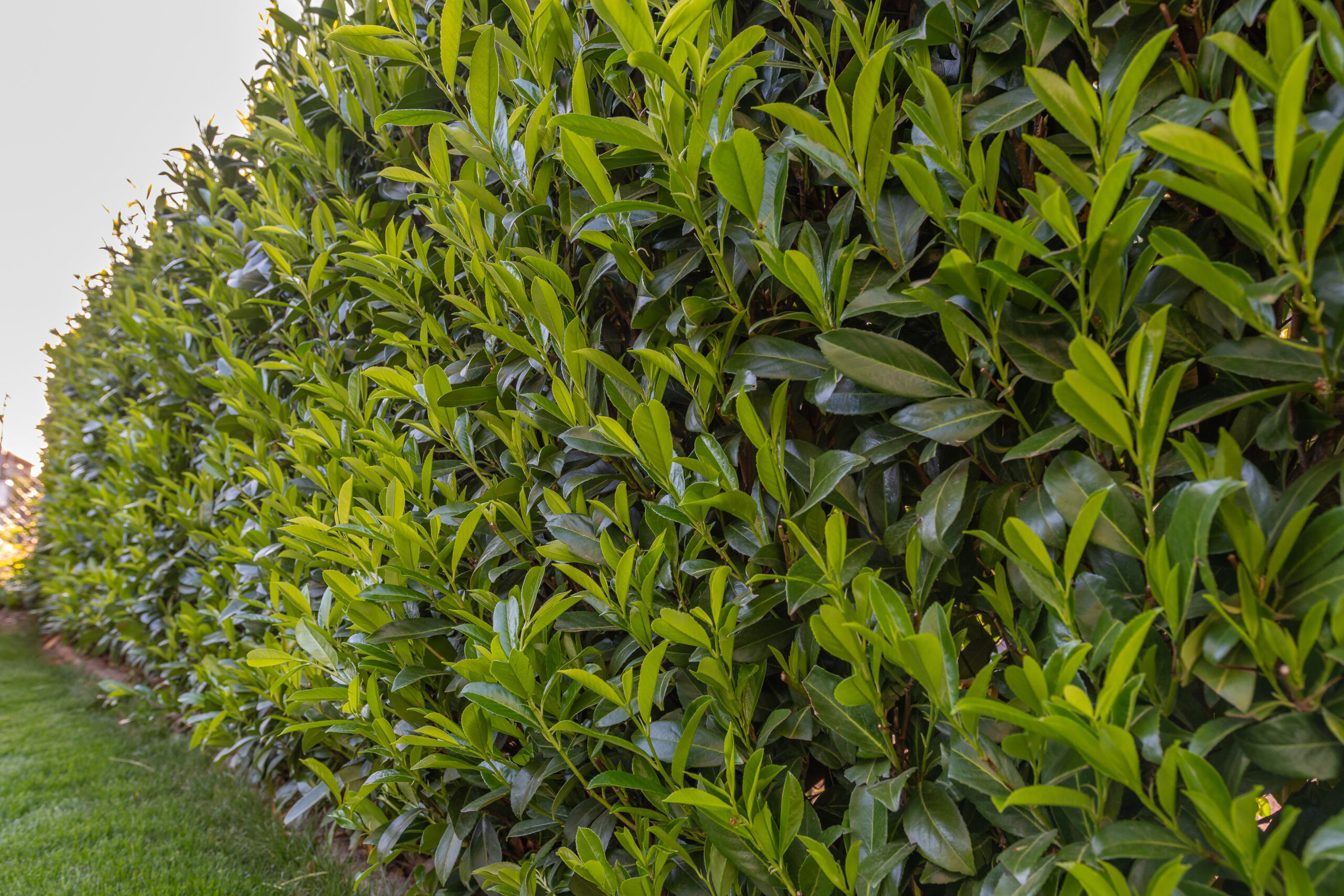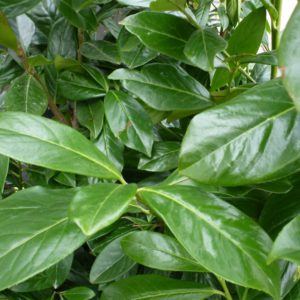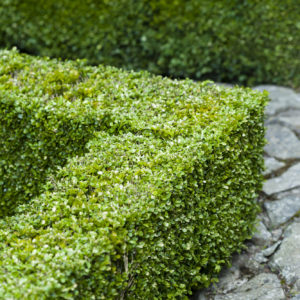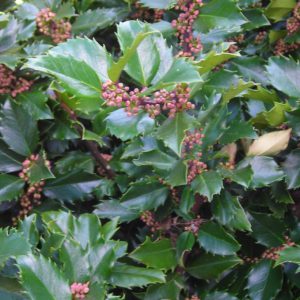Prunus laur. Rotundifolia / Cherry Laurel
Price range: €12.50 through €250.00
Frequently Bought Together


Description
Common Name: Cherry Laurel Hedge, Common Laurel
Botanical Name: Prunus laurocerasus ‘Rotundifolia’
Plant Type: Evergreen hedge
Mature Height: 2-4m (as hedge)
Mature Spread: 1-1.5m (hedge width)
Flowering Period: April-May
Flower Colour: White fragrant spikes
Foliage: Large, glossy dark green leaves, evergreen
Hardiness: RHS H5 (hardy in most of UK and Ireland)
Soil Requirements: Moist, well-drained, fertile soil
Aspect: Full sun to partial shade
Maintenance: Low to moderate (1-2 trims per year)
Description
Like emerald fortresses of timeless grandeur, Prunus laurocerasus ‘Rotundifolia’ hedging brings classical elegance and substantial presence to gardens with its magnificent large, glossy leaves that create one of the most impressive and luxurious evergreen hedges for Irish landscapes. This distinguished evergreen hedge embodies the finest traditions of formal garden design with its dense, impenetrable structure that provides exceptional year-round screening whilst offering the spectacular bonus of fragrant white flower spikes that perfume spring gardens with their sweet, almond-like scent.
Each perfectly formed hedge displays the most exquisite large, oval leaves in lustrous dark green that maintain their glossy appearance throughout every season, creating beautiful architectural presence that serves as the perfect backdrop for colourful plantings. The remarkable spring flowering display produces upright spikes of pure white blooms that emerge from the glossy foliage like candles, filling the garden with delightful fragrance whilst attracting beneficial insects and early pollinators.
The exceptional vigour and tolerance make cherry laurel hedging equally valuable in formal estate gardens and contemporary landscapes, thriving in a wide range of conditions whilst maintaining perfect density and form. This robust variety withstands urban pollution, coastal winds, and challenging soils, making it one of the most reliable and impressive large-scale hedging plants for Irish gardens requiring substantial screening and year-round structure.
Beloved by generations of gardeners for its stately appearance and dependable nature, ‘Rotundifolia’ combines outstanding ornamental impact with exceptional practical benefits and remarkable longevity. Plant to create formal garden boundaries that provide impressive screening, use as windbreak hedging in exposed locations, or establish as backdrop plantings that will provide privacy, shelter, and classical beauty for decades to come with minimal maintenance requirements.
Caragh’s Garden Notebook
Plant in autumn or early spring in well-prepared, fertile soil with good drainage and moisture retention, as laurel benefits from consistent soil moisture. Choose a position with morning sun and some afternoon shade, with protection from harsh winter winds in exposed locations. Space plants 60-90cm apart in a single row for substantial coverage and impressive screening.
Maintain soil fertility with annual mulching using organic matter such as compost or well-rotted manure applied in spring around the hedge base. Water regularly during the first two growing seasons and during dry spells to establish strong root systems, as consistent moisture promotes healthy growth and glossy foliage.
Trim 1-2 times per year (late spring after flowering and again in late summer if needed) to maintain shape and density, using sharp secateurs rather than hedge trimmers to avoid cutting through the large leaves which can cause unsightly browning. The moderate growth rate means less frequent trimming than faster-growing hedges.
Feed established hedges with general purpose fertiliser in early spring to promote vigorous growth and maintain the spectacular glossy foliage that makes this hedge so impressive. Remove spent flower spikes after blooming to prevent berry formation if preferred, though many gardeners enjoy the small black fruits that follow the flowers.
Water regularly during dry periods, particularly in the first few years after planting, as cherry laurel benefits from consistent moisture for optimal growth and leaf quality. The extensive root system adapts well to most conditions once established, though mulching helps retain moisture and suppress weeds around the substantial hedge base.





